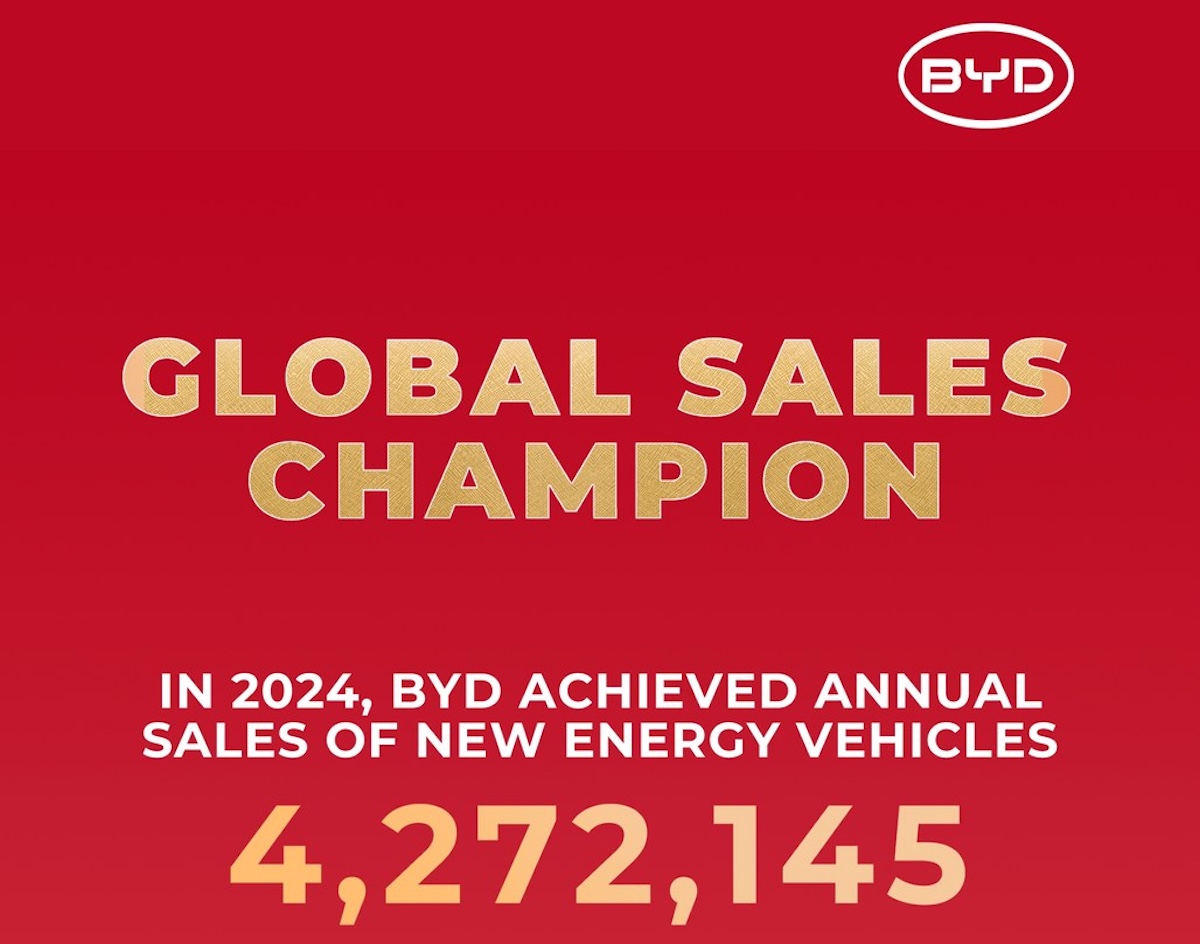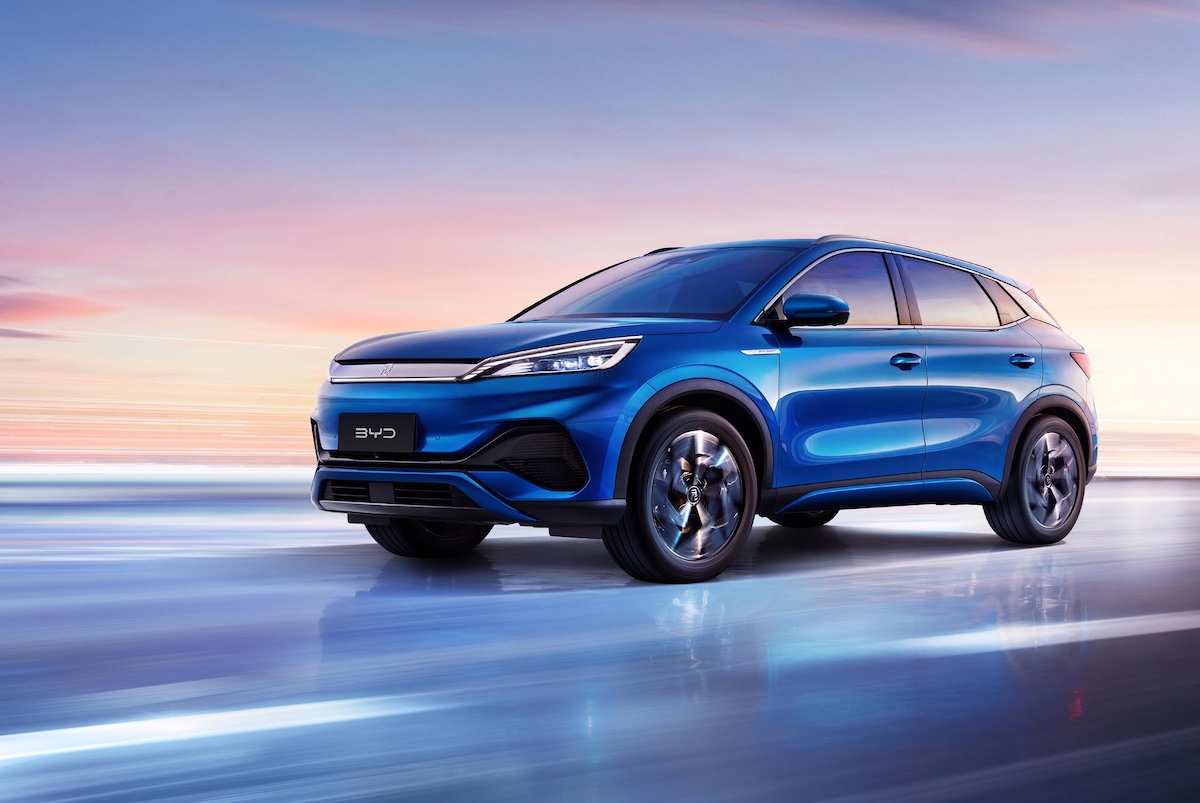Historically, Japanese automakers have held a strong position in the global market thanks to their affordable prices, high quality, and user-friendly designs. However, in recent years, China’s automotive industry has risen rapidly, with BYD emerging as a standout player. Focused on developing battery electric vehicles (BEVs) and plug-in hybrid electric vehicles (PHEVs), BYD has demonstrated strong performance. Its upgraded DM-i PHEV platform offers a range of 2,100 kilometers, significantly increasing consumer acceptance. The company also prioritizes overseas markets, particularly in Southeast Asia and Europe, resulting in a 72% growth in overseas sales, reaching 417,204 units in 2024.

Meanwhile, Honda, Nissan, and Mitsubishi recently announced their merger. As of November 2024, Honda and Nissan alone each produced over 3 million vehicles annually, and the combined scale after the merger is expected to be even greater. However, their relatively conservative approach to transitioning into the global new energy vehicle (NEV) market has left them trailing competitors like Tesla and BYD, signaling a pressing need for change.
In addition to aggressively advancing NEV technologies, BYD has diversified its product offerings to boost competitiveness. For example, it launched its first pickup truck, the Shark, in Mexico and established its first full-scale assembly plant outside China in Thailand. These efforts underscore BYD’s determination to challenge the leadership of traditional automakers.

Faced with BYD’s rapid ascent, the merger of Honda, Nissan, and Mitsubishi aims to leverage resource integration, technology sharing, and supply chain optimization. Building on their collective expertise in diverse product segments, the three brands are poised to accelerate the development of NEVs and battery technologies. Both Honda and Nissan have already made strides in solid-state battery technology and autonomous driving systems, offering promising prospects for post-merger innovation.
BYD’s rise and the merger of the Japanese Big Three highlight the profound transformation underway in the global automotive industry. For traditional automakers, BYD’s success serves as a critical case study, while the merger represents a proactive response to emerging challenges. Moving forward, continuous technological innovation, strategic market expansion, and collaborative development will be the keys to success in navigating the evolving landscape of the automotive industry.